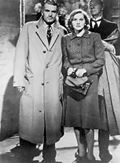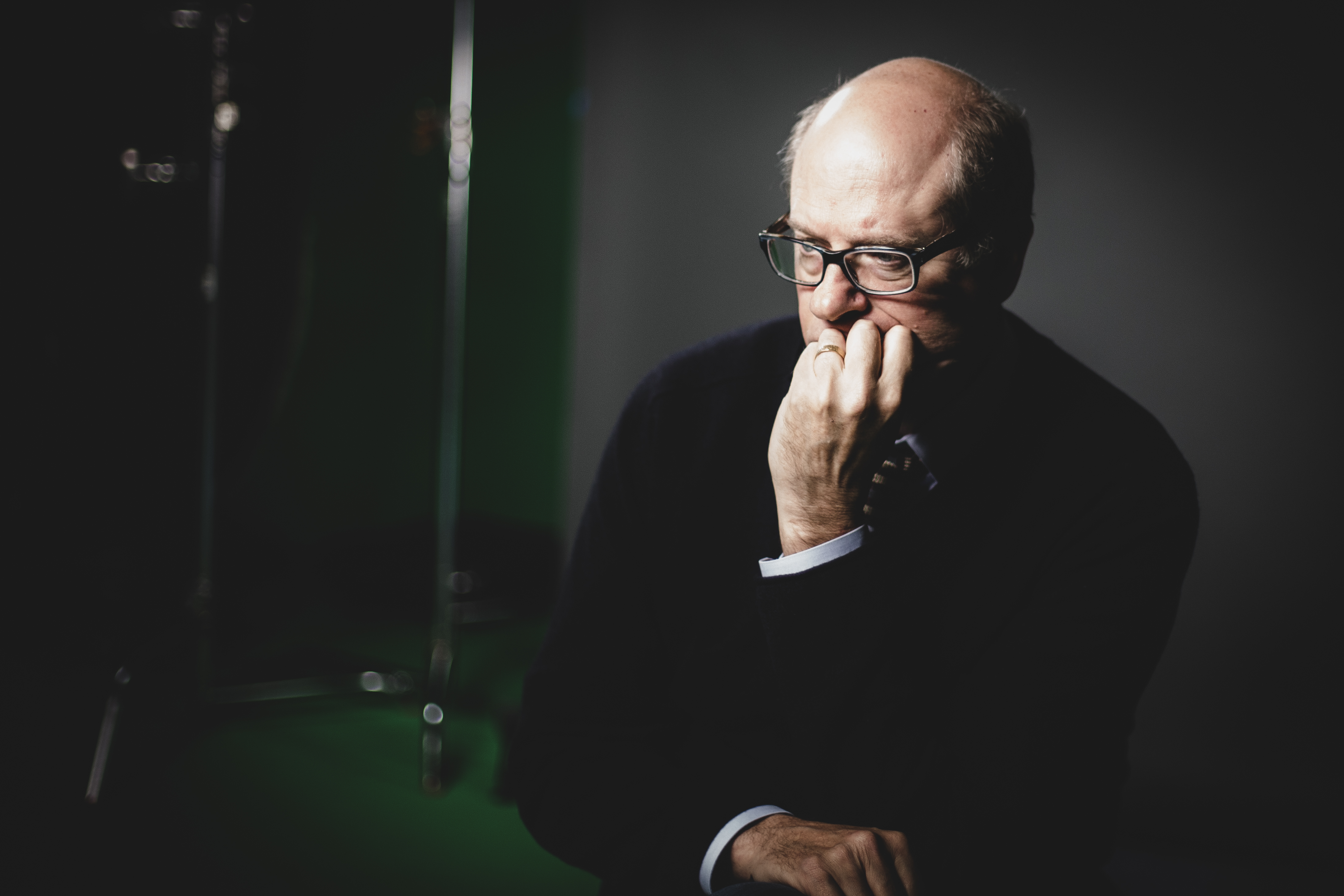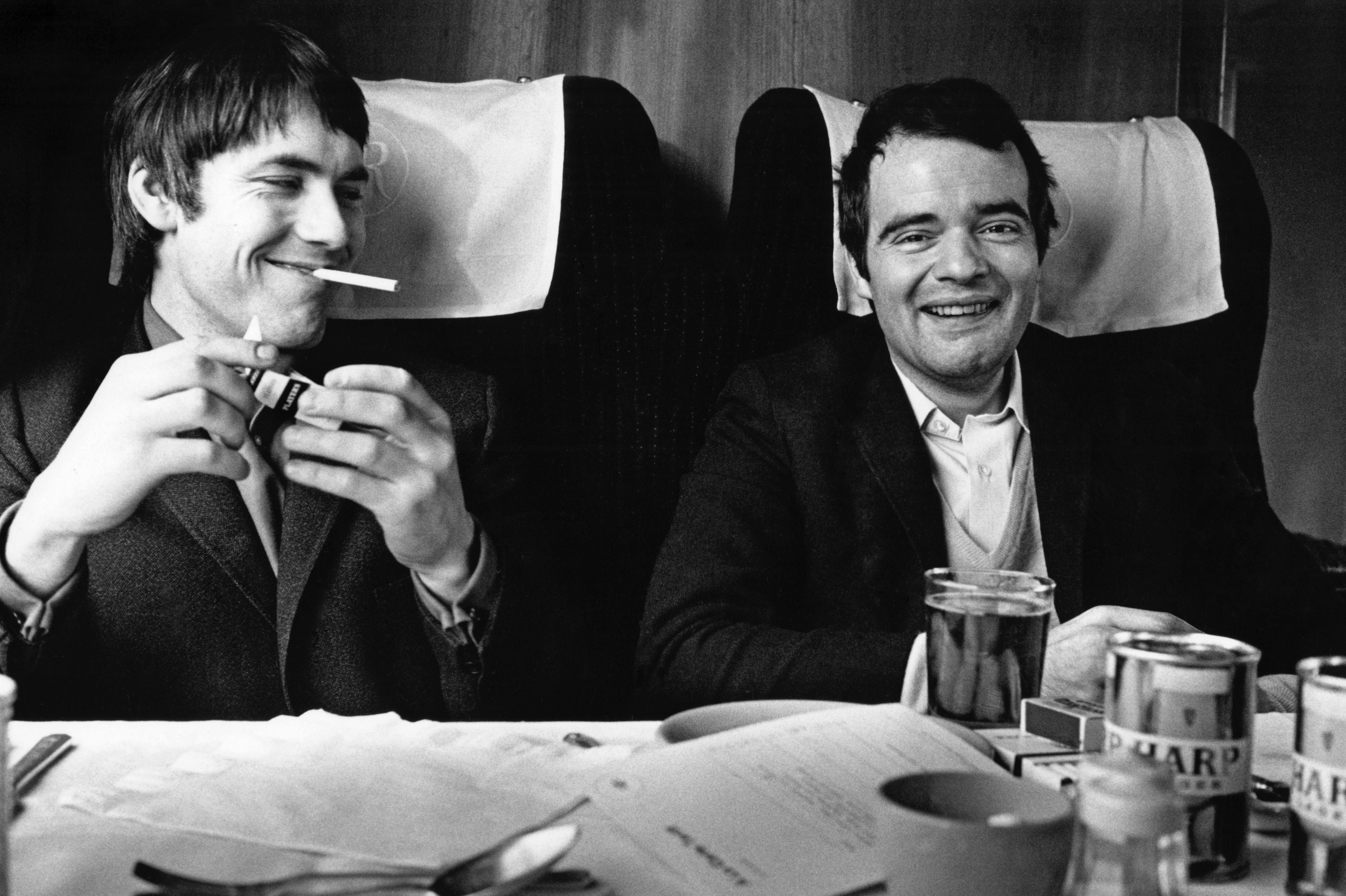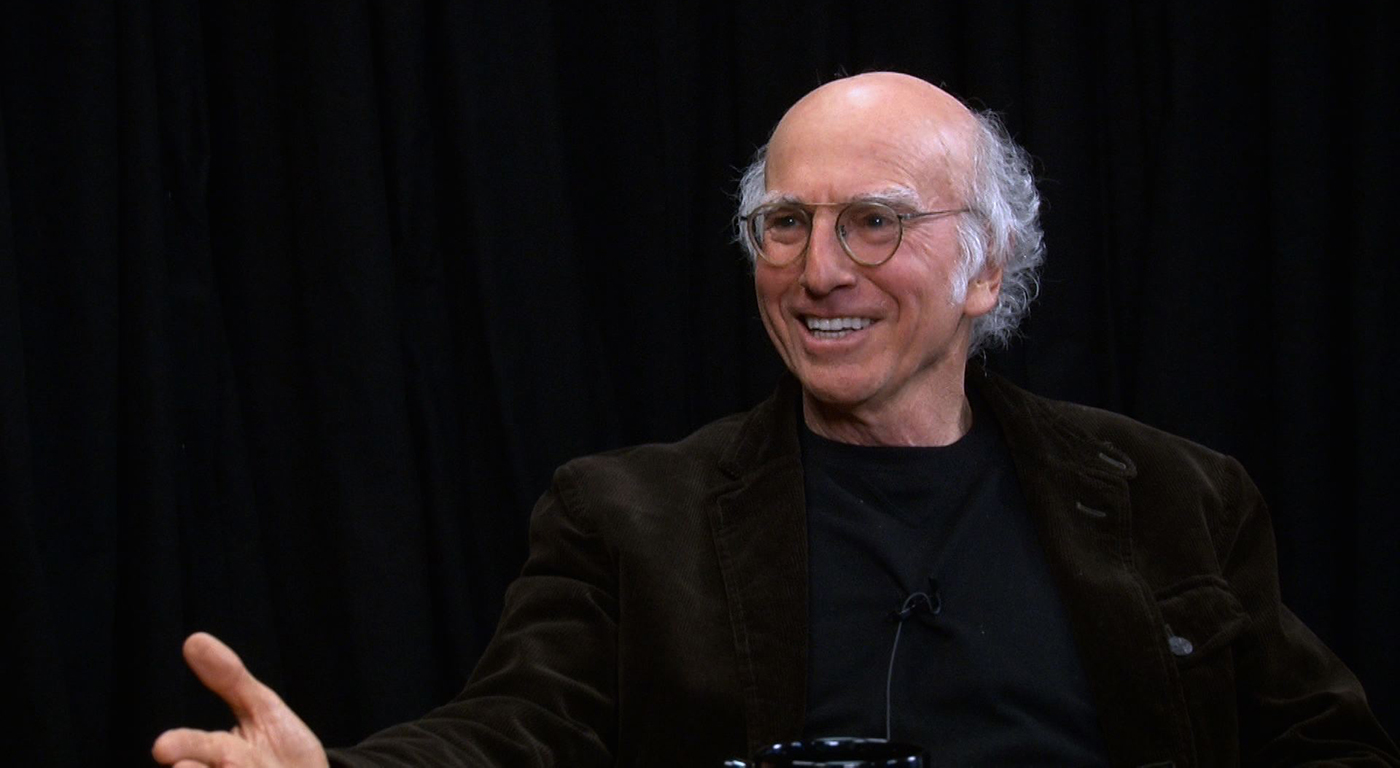HINDSIGHT IS 20/20, but the 1939 teaming of British perfectionist director Alfred Hitchcock and American iconoclast producer David O. Selznick was doomed to conflict. Selznick, who brought Hitchcock to the states, was a director in all but name. He famously micromanaged his pictures, rewriting scripts, reshooting scenes, and relentlessly tinkering well into postproduction. By contrast, Hitchcock plotted and planned each picture in advance. He had no use for Selznick’s interference and endless memos, but he craved the budgets and technology of Hollywood. Yet their partnership paradoxically proves film is both a collaborative art and the domain of the auteur. In these four movies, the two strong-willed artists battled for supremacy.
THE SELZNICK HITCHCOCKS
runs December 17-21 at Egyptian
The gloriously gothic melodrama Rebecca (1940) remains their most successful collaboration and Hitch’s most studiolike film, as young bride Joan Fontaine competes with the memory of Laurence Olivier’s first wife. A handsome marriage of the literate and the visual, it’s elegantly produced, beautifully photographed, and designed like a dream house shrouded in mourning. However, Rebecca does favor the pictorial over the cinematic and surface over subtext. (Ironically, it’s Hitch’s only Oscar winner.) By contrast, there was no collaboration in Notorious (1946). Selznick was drowning in Duel in the Sun and left Hitchcock alone, resulting in one of his classic films. Ingrid Bergman, a woman of dubious honor, is manipulated by suave secret agent Cary Grant to marry Nazi sympathizer Claude Rains in this smooth and silky thriller. It’s a spy story with a dangerous, darkly suggestive undercurrent of sex, power, and sacrifice. Case closed? Not quite.
1945’s Spellbound is an ambitious psychological thriller inspired by Selznick’s adventures in psychoanalysis, as ludicrous as it is intermittently stunning. Its awkwardness can be seen in Hitch’s effort to depict heady concepts in bizarre Salvador Dali-designed dream sequences, while the dialogue drags it all back to literalness. Here, Bergman plays a psychiatrist trying to help her possibly criminal patient Gregory Peck, while, predictably, falling in love. Finally, 1948’s lugubrious The Paradine Case features Hitchcock’s weightless camerawork and shadowy, painterly lighting. But Hitch was bored by the assignment, and his laziness with Gregory Peck was exacerbated by Selznick’s prosaic writing—for which he took rare screen credit—and postproduction meddling. Letting the dull courtroom drama sink in its own dialogue was perhaps Hitchcock’s parting shot to his interfering boss. You want a Selznick film? You got it!
In all, this series makes for a fascinating look at the clash between two creative but incompatible artists. Should you even bother seeing The Paradine Case? Well, seeing a bad Hitchcock is perversely, painfully humanizing.







